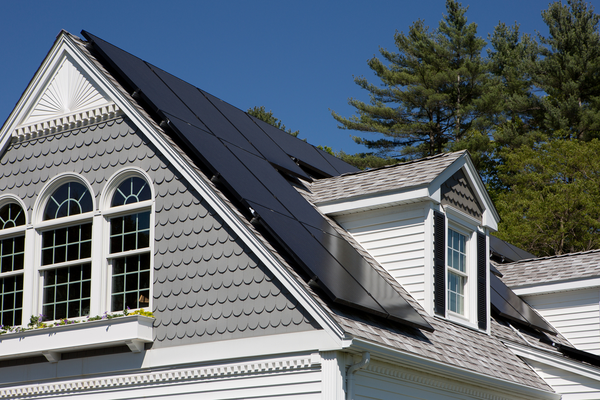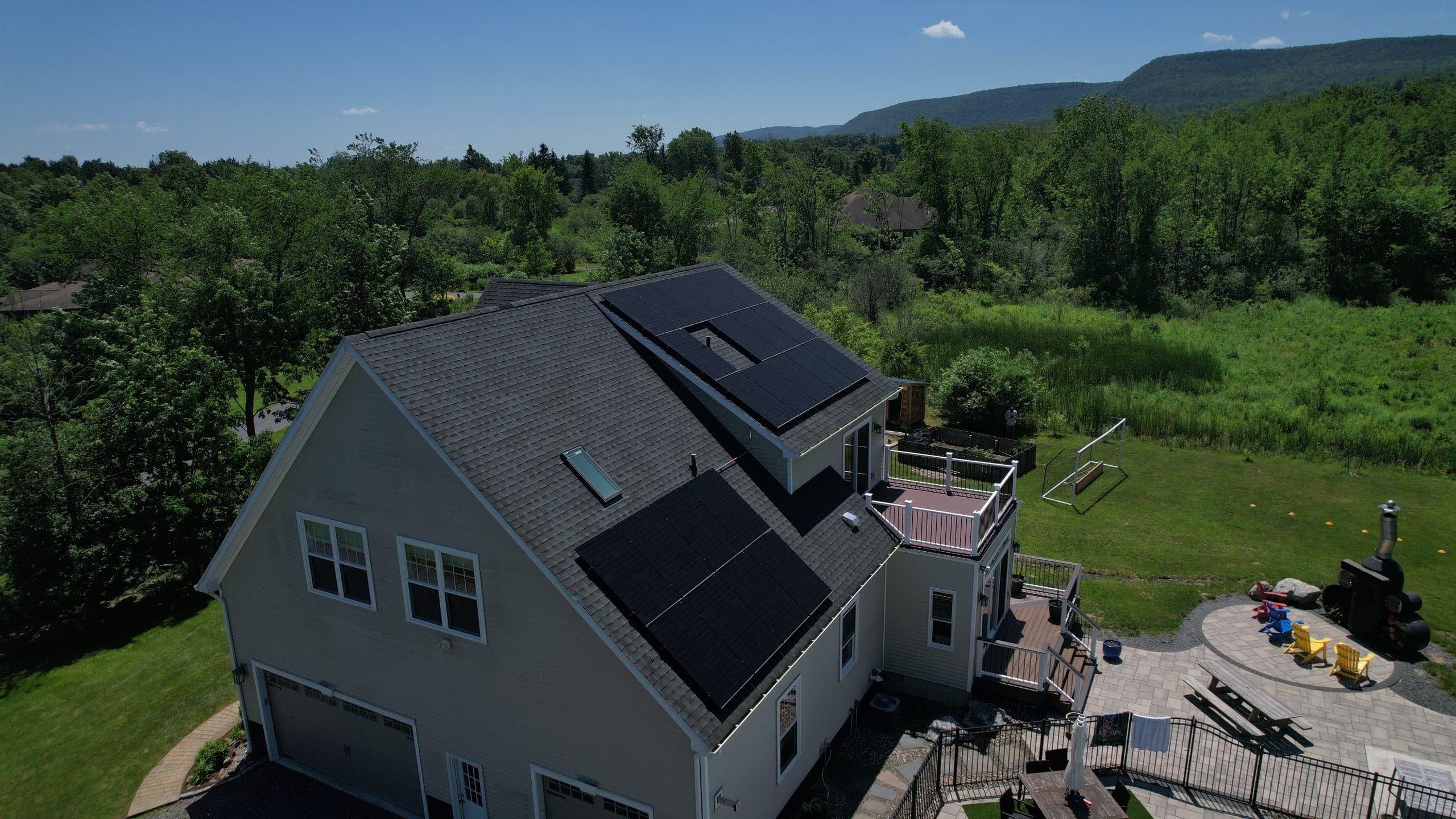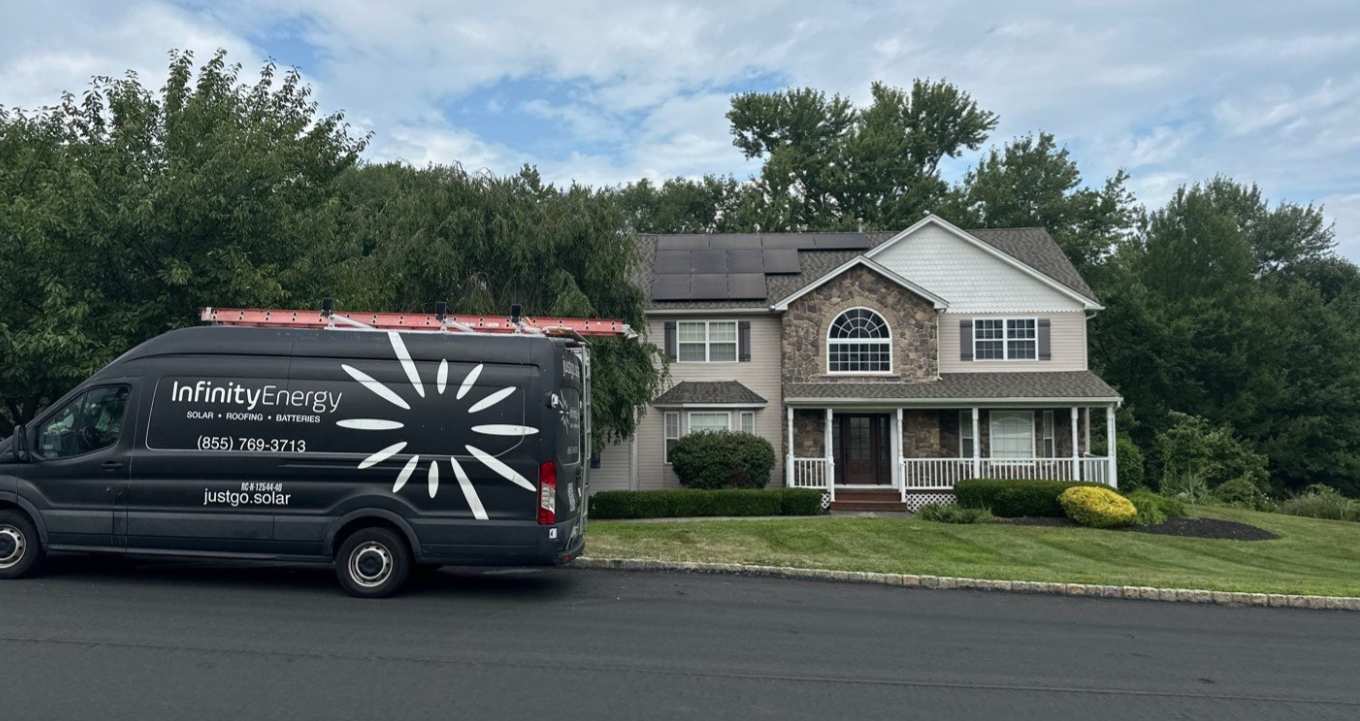There are several important steps to design your NJ solar roof and start generating clean power. Figuring out the ideal layout of your rooftop solar system can be best defined as an art form. This in-depth design process requires a technical expertise of solar electricity, panel design, and solar patterns. Of course, no two home’s rooftops are built identically. Therefore, residential homeowners, such as yourself, should work closely with a NJ solar company to maximize installation results. This way, you can greatly improve electrical safety, experience, and training on the job. To help you get started, read on to learn about how to design your NJ solar roof and start generating clean power.
Analyze Sunlight Exposure
First and foremost, your NJ solar roof installer will analyze sunlight exposure to your home. Shade and external obstacles can pose a serious impact to your system’s overall efficiency. Therefore, elements like utility poles, trees, and other shade-causing elements must be carefully taken into considerations. In many cases, the solution is as easy as trimming a few branches or cutting down some trees. However, your renewable energy contractor will make strategic recommendations based on your location, obstacles, and utility requirements. Certainly, analyzing sunlight exposure is an important step to effectively design your residential solar roof New Jersey.
Review Home Orientation
Next, your NJ solar roof contractor will offer design recommendation based on your home’s orientation. Everyday, the sun rises in the east and sets in the west. Therefore, south-facing homes are more optimal for solar installs. After all, these properties will receive the maximum amount of sunlight exposure throughout the day. If your home is oriented in a different direction, your NJ solar panel installer may advise you on how to better position your equipment. This way, you can maximize sunlight absorption, generate electricity, and system ROI. Surely, reviewing home orientation is pivotal to effectively design your NJ solar roof.
Designate Tilt Angle
Now, you are ready to find out the optimal tilt angle with the help of your NJ solar roof design company. Tilt angle is incredibly important to maximize sunlight collection, absorption, and energy generation. With the optimal angle, solar radiation will arrive perpendicular on your panel’s surface. Typically, the optimal angle will vary based on your home’s location, as well as the season. Generally speaking, it is better to have a lower tilt in summer, then a higher elevation in the winter and spring months. To help you determine the most suitable vertical angle, work closely with your solar installer. This way, you can better understand the meaning behind these important design strategies. Indeed, designating the tilt angle is important to effectively design your NJ solar roof and begin generating clean power.
Inspect Roof Condition
Before your panels can be installed, you need to get your roof inspected. Your home’s roof is the foundation for your green, sustainable energy system. Therefore, it must be in sound, sturdy condition before moving forward. If your roof needs repair, upgrades, or replacement prior to panel installation, your contractor will immediately notify you. Fortunately, many experienced solar installers double as roof replacement companies. Therefore, they can expertly advise you on the most suitable roofing solutions as well. Absolutely, roof inspection is a core element to design your NJ solar roof.
Navigate Electrical Requirements
At this point, it is time to navigate the electrical requirements for your NJ solar roof. Your solar installer should provide a basic pathway to where your electrical equipment, such as inverters, will be located. Typically, this is in an electrical roof or open space outdoors. Ideally, this will be located on the north side of your residential property. Similarly, your installation company will need to pay close attention to utility architecture, municipal ordinances, roofing factors, as well as your power generation goals. Definitely, requirements navigation is highly-important to design your New Jersey solar panel roof.
There are several key steps to design your New Jersey solar roof and start generating clean energy. First off, analyze your home’s exposure to sunlight. Next, installers will review your home’s orientation to help you switch to solar NJ. At this point, it is time to designate your tilt angle. Prior to installation, companies will inspect your roof’s current condition. Then, its time to navigate your home’s electrical requirements. Follow the points highlighted above to learn about how to design your NJ solar roof and start generating clean power.












